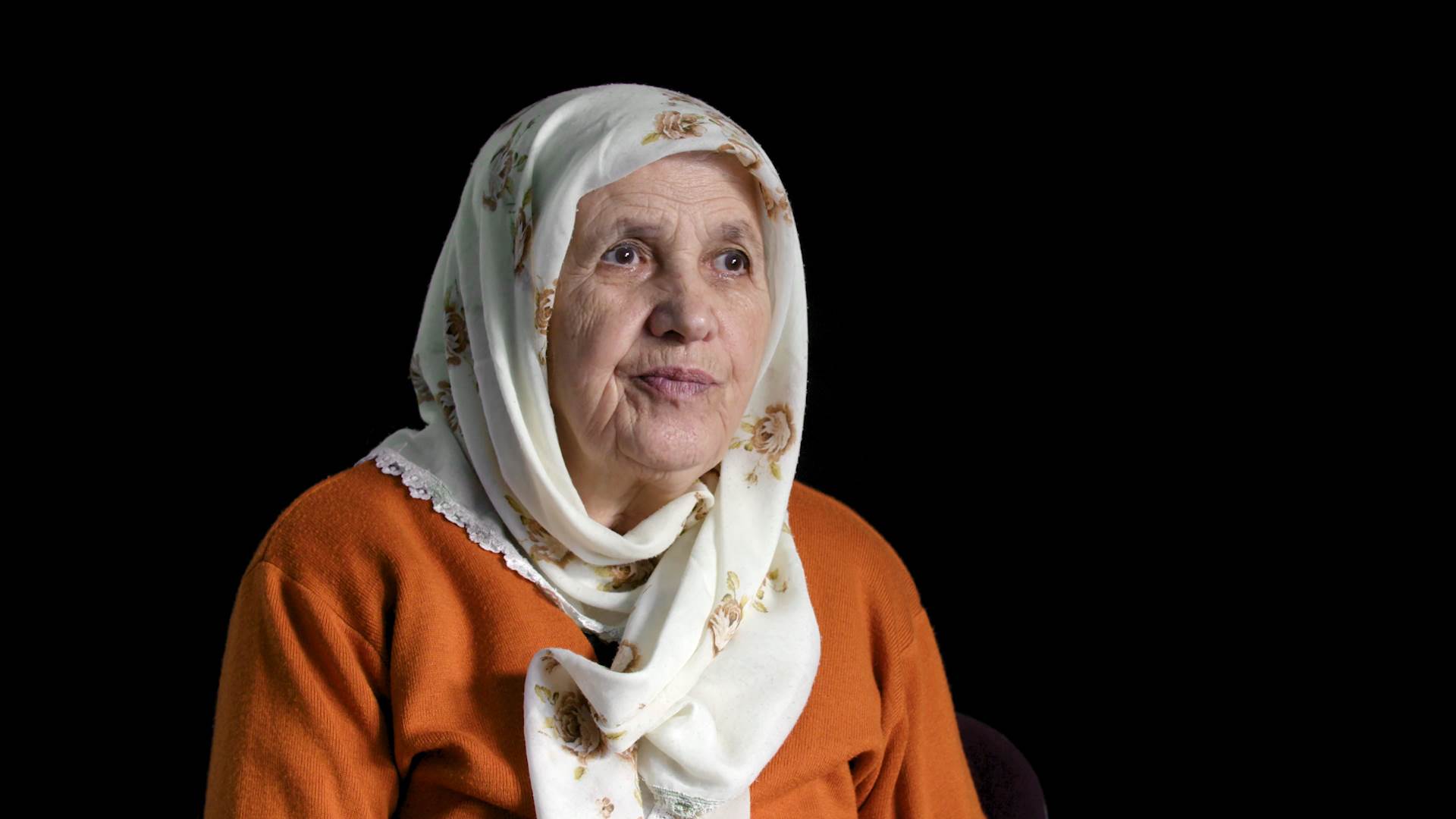This post is also available in: Bosnian
In an interview for BIRN Justice Report, Dervisevic talks about the working conditions at Dobrinja’s makeshift war hospital. She describes a hospital where all work was done by candlelight, with no anaesthesia, infusion solutions, bandages, and the like.
Dobrinja’s war hospital opened on May 2, 1992, when the first barricades were set up in Sarajevo. Dervisevic, who lived and worked in Dobrinja, joined a group of doctors and medical staff in converting a small clinic into a city-wide hospital for the wounded.
“We had no beds, medical supplies, infusion solutions, or instruments, and the wounded had begun to arrive. All of us brought medicine, bandages, everything we had in our homes and started to organise a pharmacy,” recalls Sadeta. She said she’d never dreamed of what would happen next and what kind of operations would be performed in the former clinic.
Bloody patient files
As the war continued, the electricity to Dobrinja was cut off. Before they managed to remove storage batteries from cars, paramedics and doctors at the Dobrinja hospital used candles and improvised lamps while treating patients.
“The first operations were performed with a blunt scalpel and candles. I remember our patient, nicknamed ‘Zis’ well. We amputated his finger and ear. Because the scalpel was blunt his finger kept fidgeting, and it could not be cut off properly. We did everything without anaesthetics,” Sadeta explains.
As the war became more intense, the number of patients grew. According to Sadeta, sometimes their patient files were completely covered in blood.
“We became a hospital for all of Sarajevo. People from other neighborhoods also came, as well as those who were wounded while crossing the airport runway. We also had patients ‘from the other side’,” says Sadeta, adding that enemy soldiers were treated like any other patient.
Going to and returning from the hospital every day was extremely dangerous. In July 1993, Sadeta was seriously wounded after she tried to take a patient home.
“I was shot by a machine gun called “the sower of death” because I was in a white laboratory coat. Until then, I thought that that nothing could happen to me. I remember how it continued to shoot at me when I fell down and how it raised the ground in front of my head,” recalls Sadeta.
Several months after she was wounded, Sadeta rejoined the work at the hospital. Every day, while helping others at the hospital, she left her small children at home and feared for their lives.
“Every time there was a massacre and they brought patients in, you looked at them with fear, to see if one of your own had been brought in as well. You looked at them to see whether you’d recognize your child’s sweater or their sneakers. This happened to our colleagues Olgica and Dusko. Their daughter Mirjana was killed by a shell. Her father closed her eyes while she was lying on the operating table,” says Sadeta.
Grenades and snipers aimed at children
Due to the large number of patients, the hospital soon became a morgue as well. Sadeta said that due to the lack of space, the dead often had to be placed among the living patients.
“After Mahir – a boy who was fifteen or sixteen years old – died, his body ended up staying in our surgical room for days because we did not have a morgue. He could not be buried for days, because there was intense shooting, so he was buried at night,” says Sadeta.
Sadeta’s hardest days were when her patients were children.
“It hurt when children came. I cry right now when I think of it. They would bring in children whose organs were hanging out of their bodies. The parent who carried a child whose liver was hanging out of their body, that can never be forgotten and believe me, I think about it often,” she says.
According to Sadeta’s count, a large number of children passed through the Dobrinja war hospital, and they were mostly killed by grenades and snipers.
“A father brought in a girl who was seven years old. Her name was Mirela and she was from Dobrinja V. A sniper shot at her, directly in the heart, because she came out onto the balcony. I don’t know what a child could do to deserve being shot and killed,” says Sadeta.
Sadeta said that there were situations in which dead children were brought in and could not be identified. They would end up staying at the Dobrinja hospital for days, in a space that served both as a morgue and a surgery.
“We didn’t even know the name of the child, we just put him in the morgue,” says Sadeta.
For a long time, the hospital conditions were extremely poor. This eventually changed.
“As time went by it became easier, since we acquired beds. The drivers, who were brilliant, managed to get patients to the Kosevo hospital in record time, and soon they were also bringing us necessary medical supplies. We were performing real operations and apart from dealing with wounds from gunshots, we also operated on intestines, tonsils, gallbladders, and so on,” explains Sadeta.
The hospital eventually expanded its space to include a library, with the aim of saving as many lives as possible. As Sadeta recalls, they were working incessantly, day and night.
For her courage and professionalism during the war, Sadeta has received many awards, including the prestigious Florence Nightingale Award, the highest international award in the area of medical care.





